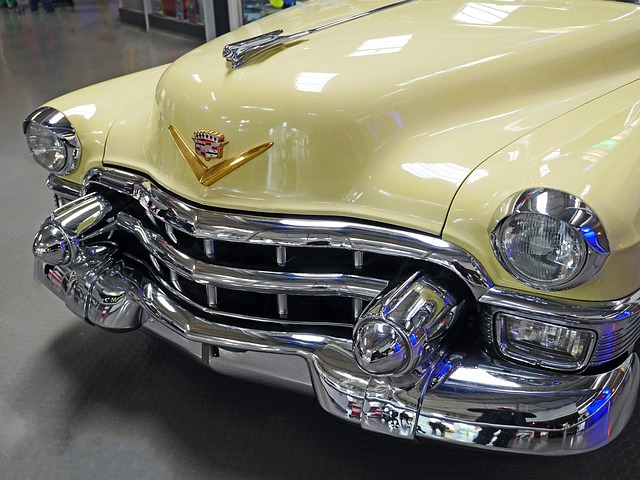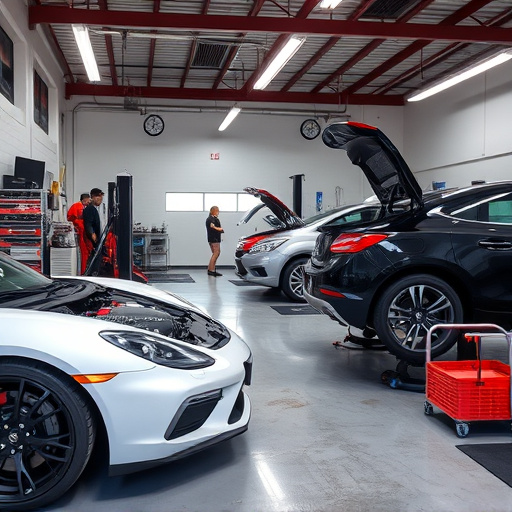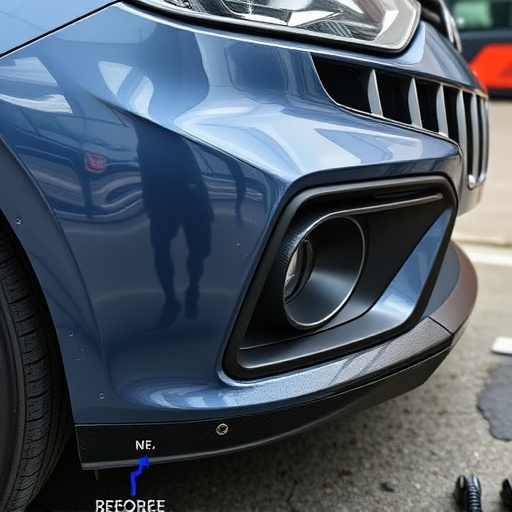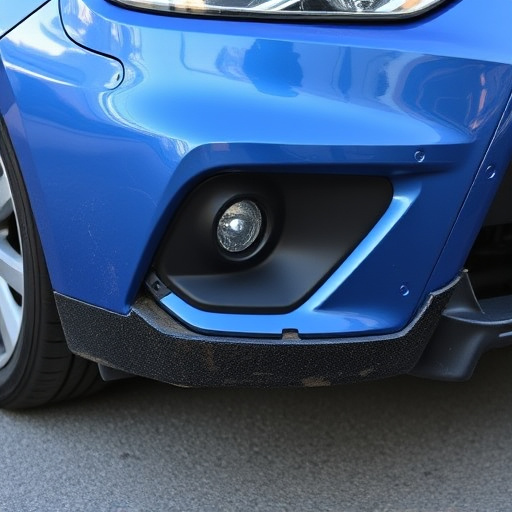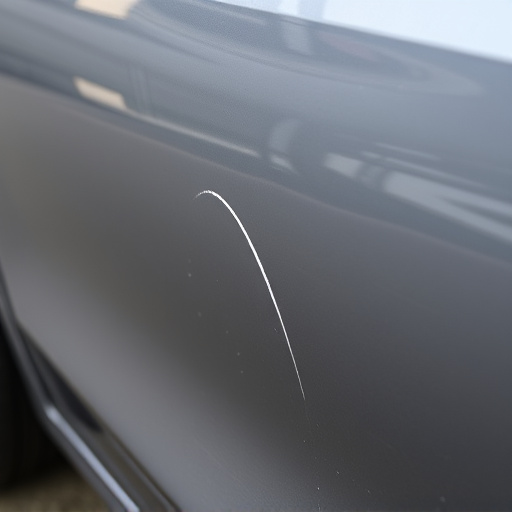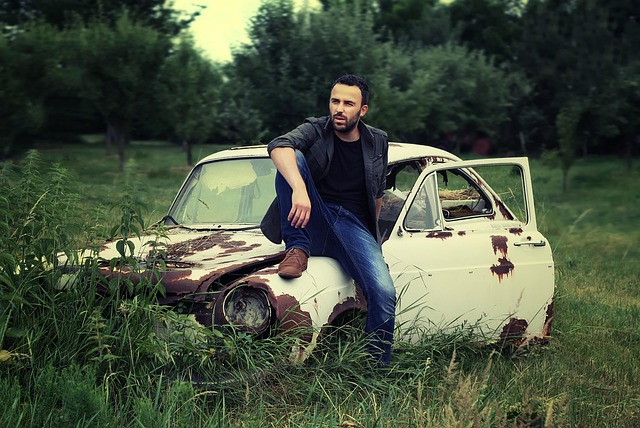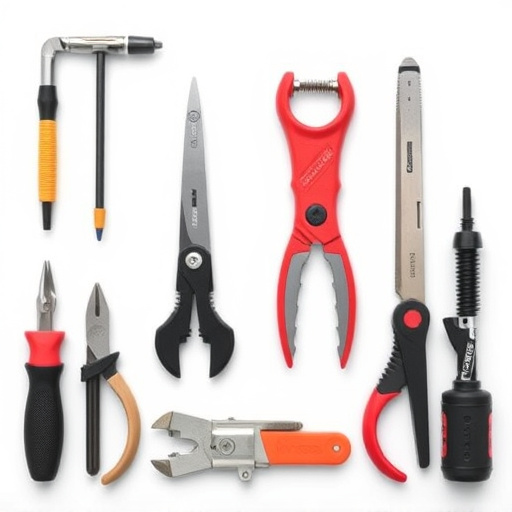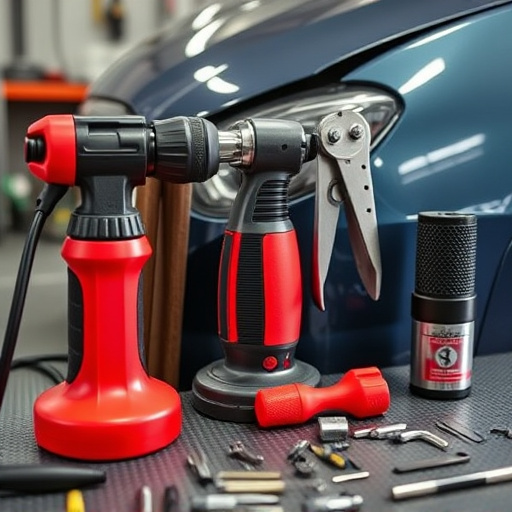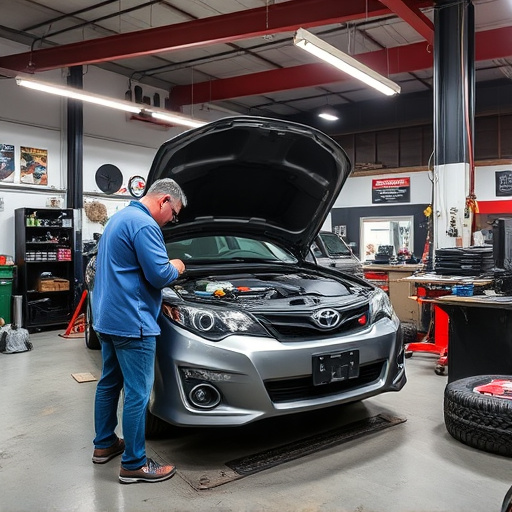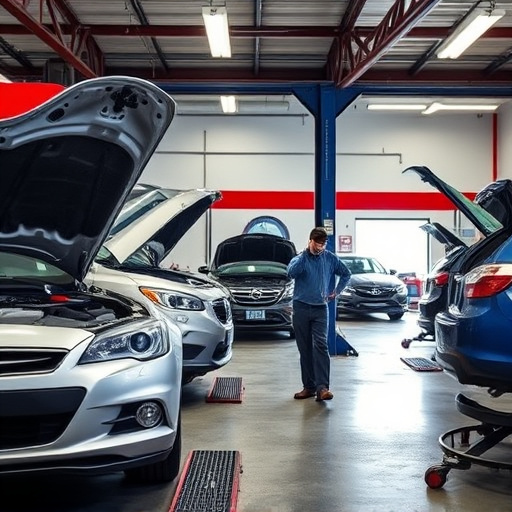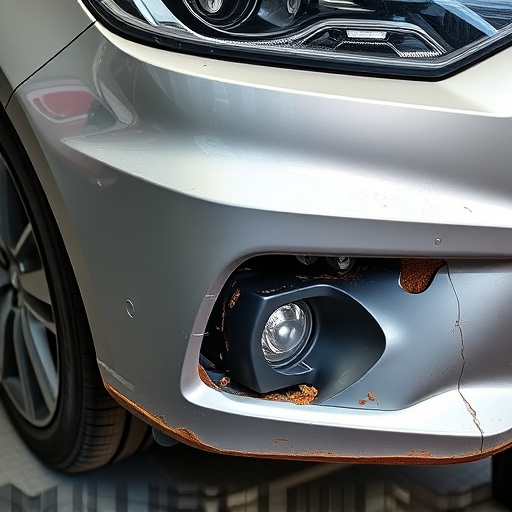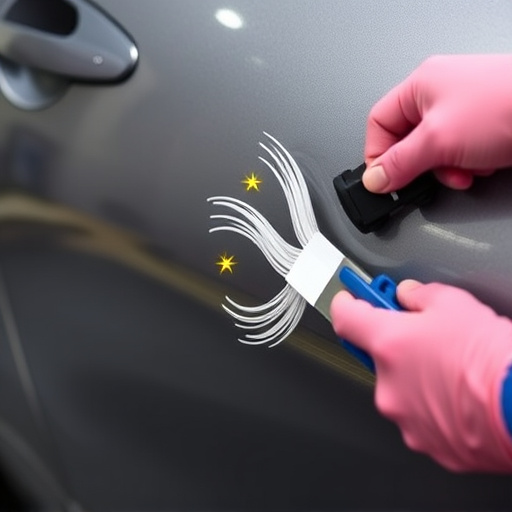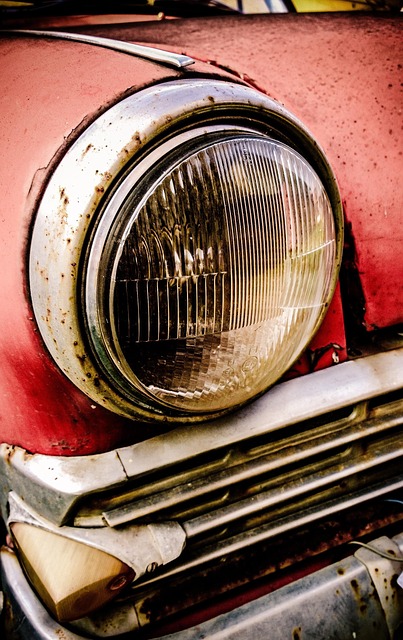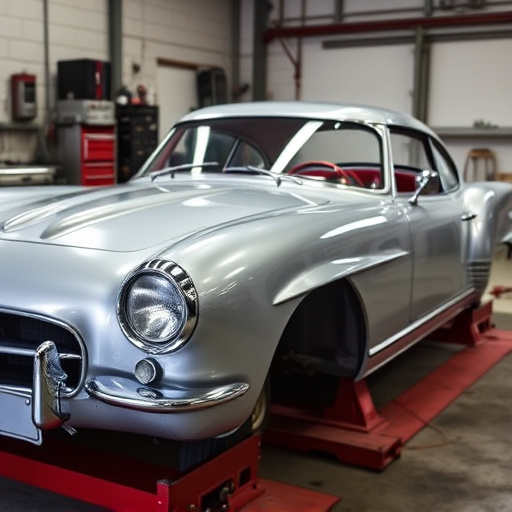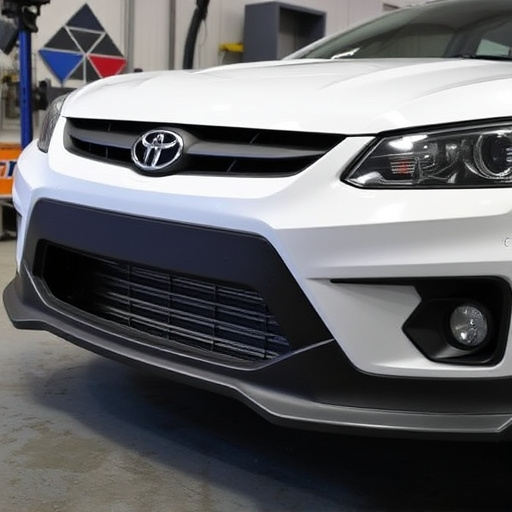Collision repair technicians are skilled professionals who restore vehicles to pre-accident condition using advanced technology and techniques, from paintless dent repair to major frame straightening. They combine automotive engineering knowledge with metalworking, welding, and fabricating skills, acquiring expertise through education and on-the-job experience. Modern tools like laser measurement systems, CAD software, and high-performance adhesives revolutionize frame restoration, ensuring precision, speed, and elevated quality in collision repairs.
Collision repair technicians play a pivotal role in restoring damaged vehicles to their pre-accident condition. Beyond aesthetic repairs, structural and frame work demand meticulous precision to ensure safety and vehicle integrity. This article delves into the multifaceted roles of these experts, exploring essential skills and training required for structural repairs and modern tools revolutionizing frame restoration techniques. By understanding these aspects, we highlight the significance of collision repair technicians in today’s automotive industry.
- Understanding Collision Repair Technician Roles
- Essential Skills and Training for Structural Work
- Modern Tools and Techniques in Frame Restoration
Understanding Collision Repair Technician Roles
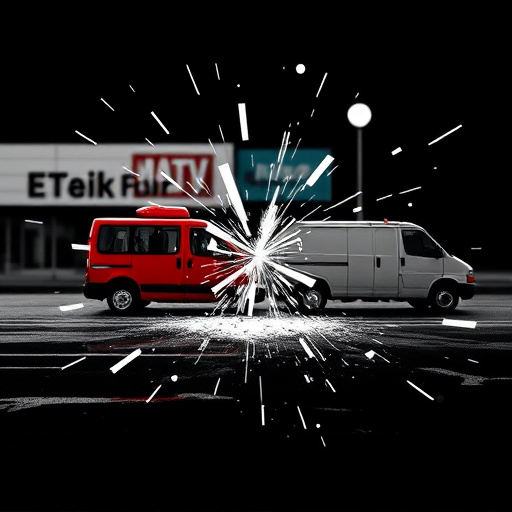
Collision repair technicians play a pivotal role in restoring vehicles to their pre-accident condition, ensuring both structural integrity and aesthetic appeal. Their work involves much more than just fixing scratches and dents; it encompasses a deep understanding of vehicle frames, chassis, and various components. These skilled professionals are adept at handling complex repairs, from minor dents and scratches to major frame straightening and body replacement.
In the realm of collision repair, technicians employ a range of techniques, including traditional metalworking and modern technology like paintless dent repair. The former involves meticulous handiwork to straighten bent panels, while the latter uses specialized tools to remove dents without damaging the vehicle’s paint job. Many vehicle body shops now offer this eco-friendly and cost-effective option for minor vehicle dent repairs.
Essential Skills and Training for Structural Work
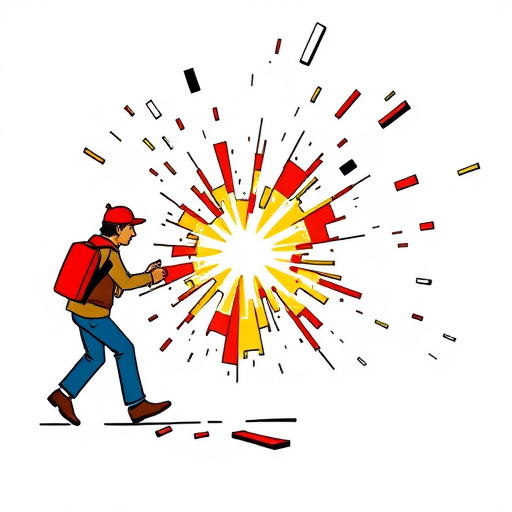
Collision repair technicians who specialize in structural and framework repairs require a unique set of skills. To excel in this field, they must possess an innate understanding of automotive engineering, enabling them to accurately interpret complex vehicle designs and frame damage. A strong foundation in metalworking, welding, and fabricating techniques is paramount, as these collision repair techs often need to replace or reassemble damaged components with precision and accuracy.
Training plays a vital role in developing these essential skills. Many collision repair technicians begin their careers through formal education programs that offer specialized courses in structural analysis, frame straightening, and advanced dent repair techniques. Experience in an auto body shop or car repair shop also provides valuable hands-on training, allowing technicians to refine their abilities and stay up-to-date with the latest industry standards and technologies used in modern vehicles.
Modern Tools and Techniques in Frame Restoration
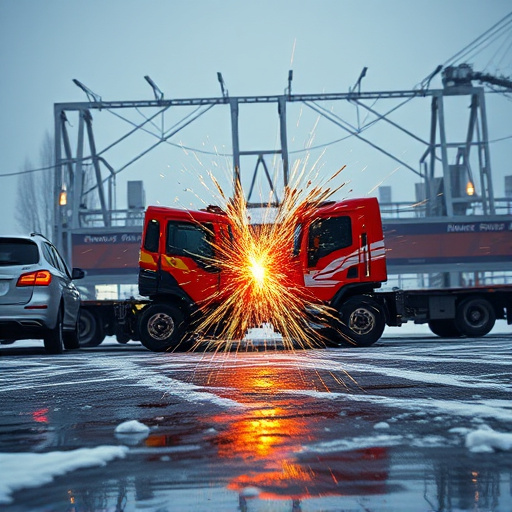
Collision repair technicians today employ a blend of advanced tools and innovative techniques for frame restoration, revolutionizing the once labor-intensive process. Modern equipment like laser measurement systems and computer-aided design (CAD) software enable precise measurements and accurate repairs, minimizing the need for guesswork. These technologies ensure that every bent or damaged part is precisely straightened and aligned, resulting in a structurally sound car restoration.
Additionally, new techniques such as robotic welding and advanced adhesives further enhance precision and efficiency. Robotic arms execute complex welds with consistent accuracy, while high-performance adhesives provide stronger bonds, reducing the risk of future damage. These modern tools and methods not only expedite collision repair but also elevate the quality of car restoration, ensuring vehicles leave the collision repair center looking as good as new.
Collision repair technicians play a pivotal role in restoring damaged vehicles to their pre-accident condition, focusing on both structural integrity and aesthetic appeal. By combining technical expertise with a keen eye for detail, these professionals utilize modern tools and techniques for frame restoration, ensuring safe and reliable vehicle reconditioning. Continuous training in essential skills keeps them at the forefront of the industry, meeting evolving standards and customer expectations.
